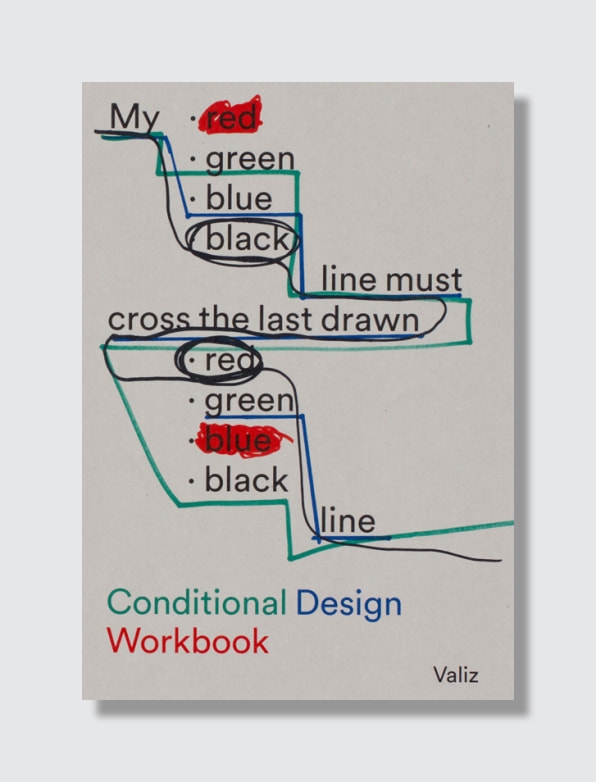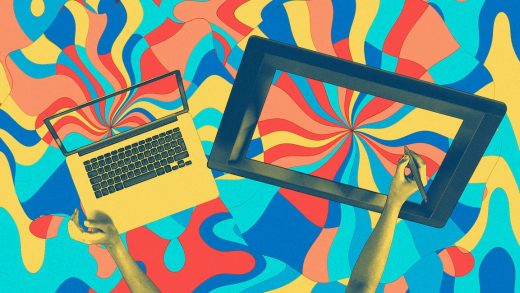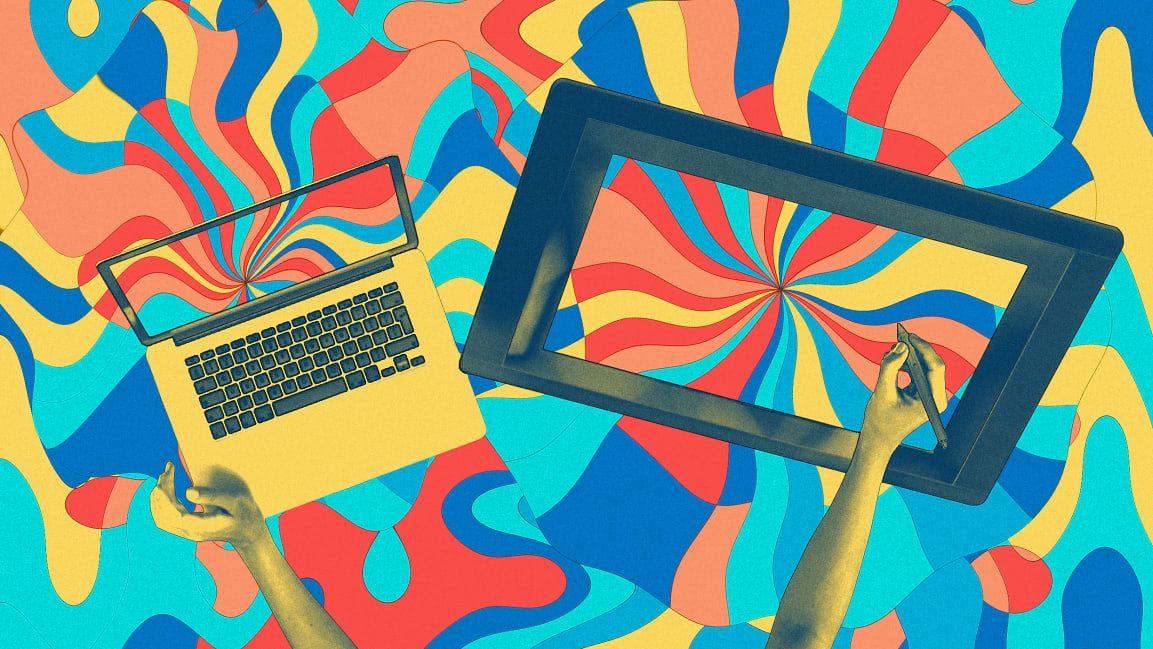Designing a better future is a moral obligation. Here’s how to start
2020 has amplified the vast problems in America. The inequities and interdependencies that have always existed are now impossible to ignore. We’re collectively experiencing a range of emotions: anger, despair, frustration, anxiety, helplessness. And yet I feel there’s still a palpable hope that things can, and will, change.
Design is a method of envisioning the future, of which optimism is a foundational part. Designing with optimism is to believe in the potential to create a better future. It does not suggest trusting blindly that everything will turn out in your favor, nor does it necessitate holding positive sentiment in your process. In fact, challenging ideas or beliefs may be one of the most optimistic things you can do. By practicing optimism in design, you think expansively about what is possible, and help others to see possibilities as well.
Optimism can manifest in various forms within design—as an ambitious goal beyond belief, a process, a mindset. Consider humankind’s ambitious pursuit of space travel. It requires designing processes and systems without truly knowing what the result will be, until it happens. Designing with optimism can enable the freedom to dream of new possibilities into the unknown. Yet despite tragic setbacks, human aspirations for space travel continue to grow. SpaceX, the aerospace company founded by Elon Musk, envisions a city on Mars with humans becoming the first interplanetary species. Their mission is founded on the belief that “the future will be better than the past.”

Sometimes designing with optimism shows up in subtler ways—embodied in a process, not the outcome. Conditional design is a method in which constraints spark unexpected outcomes through group exercises. The method is presented in a group workbook that challenges individuals to collaborate under a set of constraints: for example, to blindfold each other and color on a blank page until they think the page is completely covered. The process stokes chaos but typically ends with a surprisingly beautiful outcome. Created by Luna Maurer, Edo Paulus, Jonathan Puckey, and Roel Wouters, conditional design offers (in their words) “processes rather than products: things that adapt to their environment, emphasize change and show difference.” Here, optimism manifests as trust in a process to enable new possibilities and collaboration in exciting, unforeseen ways.
Designing with optimism is often most compelling when challenging existing norms. The late Representative John Lewis may not seem like a designer, but in fact he exemplifies designing with optimism better than most. Despite experiencing racism, oppression, and violence, his belief in a Beloved Community—a nation and world society at peace with itself—allowed him to design a path toward a more equitable future. And he did it on his own terms, through compassion and nonviolence as a civil rights leader and congressman. His work designing community gatherings and acts of peaceful protest inspired others to do the same.
The pandemic has spurred the long-overdue reinvention of outdoor public space in urban cities, with many communities creating new, and more accessible, spaces. This too is designing with optimism to reimagine our spaces to be more inclusive and connected. Small-scale experiments and iterations have allowed changes to occur rapidly from the bottom up, rather than through long-term city planning. New York City alone has made 40 miles of streets pedestrian-only during this time, with a goal of reaching 100 miles. Universities, libraries, and museums are tackling how to design for education outside. There is still a long way to go to provide access to open spaces in underserved neighborhoods. However, the speed of innovation during COVID shows opportunities for how cities may continue to evolve.
The role of optimism in design can be reflected in ways big and small. It is something every designer can bring to their work in their own way. For some, this practice comes naturally, while for others, it’s a conscious effort. Martin Seligman, an American psychologist, uses the term “flexible optimism” to describe the choice to go through life with optimism while being aware of the negativity in the world. To design with optimism is a muscle all of us can work to build.
My own journey in learning and practicing optimism in design started at School of Visual Arts, with a teacher named Frank Young. His teaching was known to be controversial—no one left with tangible work—but he taught an approach every designer’s work should embody. Our classes involved walking meditations, performance art, and silently rearranging our shoes for three hours. Our first homework assignment involved buying 50 oranges and finding a different method to peel each one. He forced us to let go of our fears—of being judged, of feeling stupid, of feeling incompetent—and made us create in the moment, fearlessly and without taking it seriously. He created a spirit of joy and play, which allowed us to hold optimism to experiment and iterate. Our most radical and original work in college came from that class.
The design work I do now seeks to answer questions that, while inspiring, can feel insurmountable: How might we shape our democracy to be more inclusive, shared, and pluralistic? How does a storied institution reimagine its future and the future of human potential? How can communities exist virtually but feel more connected than ever? Designing with optimism allows for new possibilities and ways of thinking to address these questions.
I find that simple exercises are helpful for incorporating optimism into one’s design practice:
Ultimately, these are but a few examples of how to begin practicing designing with optimism. The goal is to find ways to see the world through an expansive lens, knowing that there is always one more possibility not yet discovered. It’s a mindset that begins within yourself and eventually can influence others around you as well. Designing for optimism can help you strive for more equitable systems or innovative new products. It’s a valuable skill even if you don’t identify as a designer.
These days, so much seems to be going wrong. The pandemic is killing millions of people around the world. The fight for racial justice in America is as urgent as ever. Natural disasters are increasingly frequent as climate change becomes undeniable. Uncertainty plagues the world economy. Political division and vitriol are overwhelmingly present. We must ask ourselves if we want our reality to be different—more equitable, more just, more sustainable, more collaborative. If this question is met with a resounding yes, then we must design our future with optimism. Only then can we inspire those around us to move forward on a path of collective action.
Karishma Sheth is a creative director at SYPartners in San Francisco. Tiffany Kuan provided additional editorial support.
(30)



